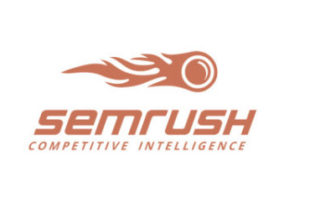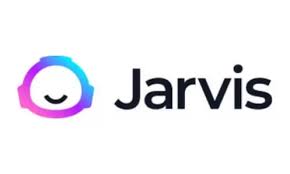TYPES OF CONVERSION FUNNEL OPTIMIZATION
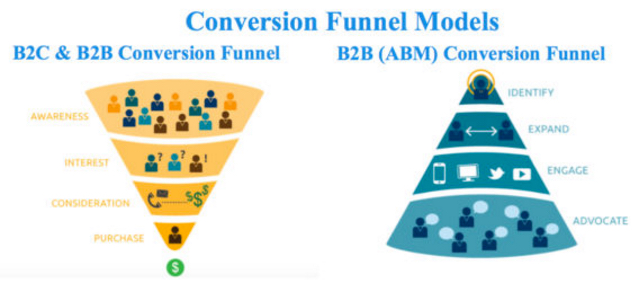 A Conversion Funnel is a multi-step, multi-modality campaign that seamlessly and subtly leads an online prospect toward a desired action. There are many strategies/tactics for conversion funnel optimization. At ConnectedMarkets, we focus our funnel optimization efforts on both B2C funnels and B2B funnels.
A Conversion Funnel is a multi-step, multi-modality campaign that seamlessly and subtly leads an online prospect toward a desired action. There are many strategies/tactics for conversion funnel optimization. At ConnectedMarkets, we focus our funnel optimization efforts on both B2C funnels and B2B funnels.
B2C Funnels: There can be more (Awareness, Interest, Consideration, Purchase), but typically there are three main categories of B2C conversion funnels.
1. Acquisition – To acquire NEW prospects and customers for the business at break-even or better.
2. Activation – To convert large chunks of leads into buyers.
3. Monetization – To generate as much revenue (gross sales) as possible.
B2B Funnels: Historically, B2B funnels used for demand generation has been similar to B2C funnels, However more recently, B2B marketers have been deploying and testing an “inverted” or “flipped” version of the traditional B2C funnel (This style funnel is representative of Account-Based Marketing or Key Account Marketing). Basically, it is an inverted version of the B2C funnel. Typically there are four main categories of B2B Account-Based Marketing (ABM) conversion funnels.
1. Identity – You find your best-fit prospects first. Instead of “spraying and praying” for traditional lead generation, you start by finding these accounts using qualification criteria.
2. Expand – You take the list of companies you created and add contact data for the accounts you identified. The contacts in these accounts should fit “persona” criteria such as the job title, department, and responsibilities
3. Engage – You execute a variety of different marketing activities targeted to the contacts in your accounts. These activities include inviting them to events, sending emails sharing your new content, connecting with them on social media. The point is to market to the contact on their own terms instead of sending them tons of emails or calling their phone all the time.
4. Advocate – Your marketing pays off by creating enough interest and “air cover” for sales to close the account. The account becomes a revenue-producing customer.
Each funnel has a different job and each funnel is used differently in B2C and B2B businesses. When growth hacking, we focus on optimizing the funnel that will have the most impact on your business. Once you’ve optimized that funnel — it’s appropriate to optimize another… and another.
B2C GROWTH – GET MORE REVENUE FROM EXISTING TRAFFIC, LEADS & CUSTOMERS
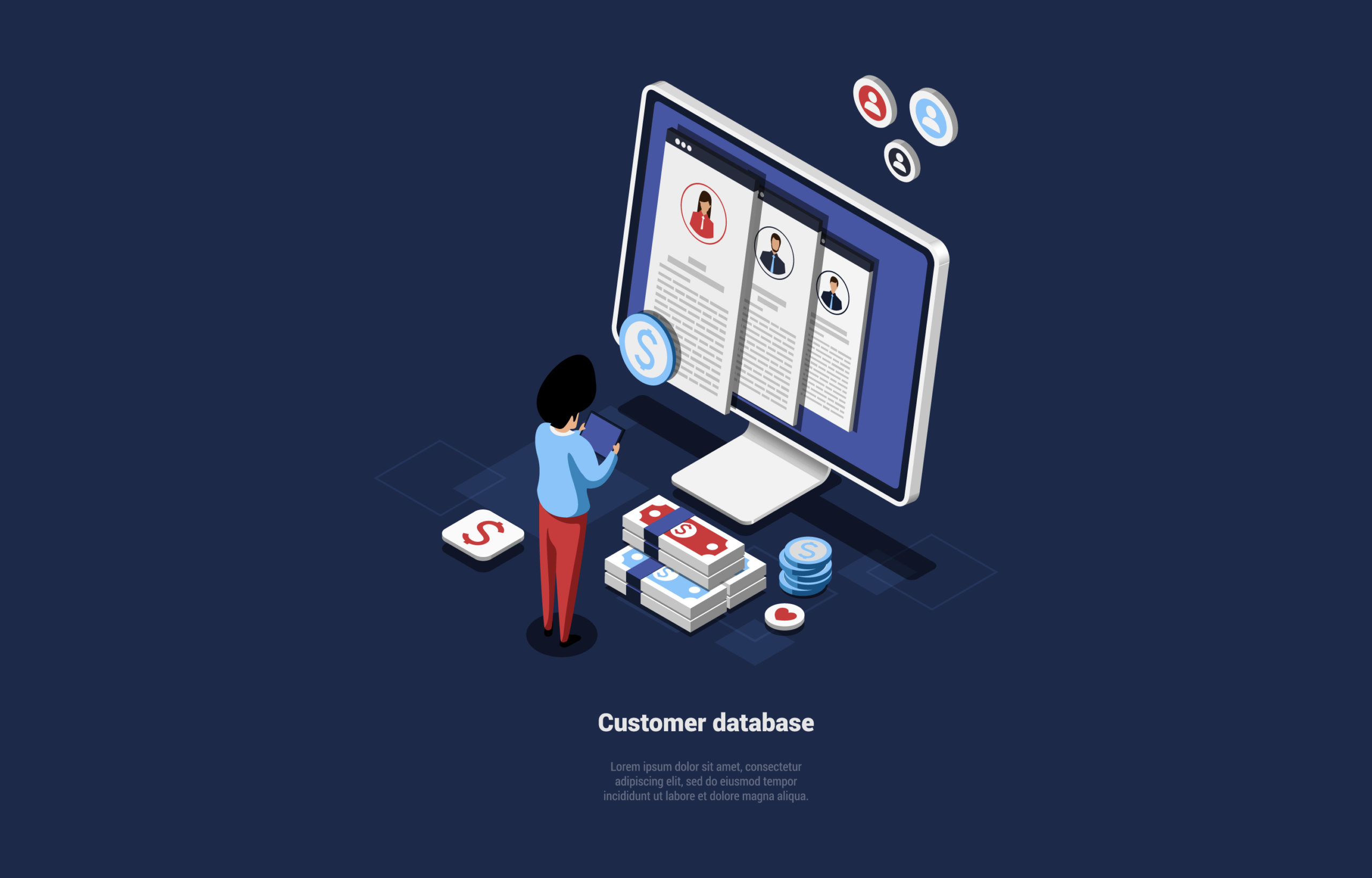 Before we start a funnel launch or funnel optimization project, we look for basic funnel growth hacks to increase revenue.
Before we start a funnel launch or funnel optimization project, we look for basic funnel growth hacks to increase revenue.
Basically, these involve using funnels to get more revenue from existing traffic, leads, and customers.
1. Product Splintering
2. Self-Liquidating Offers
3. Ultra-Specific Lead Magnets
4. Two-Step Opt-Ins
5. Speed and Automation Up-sells
6. Lead With Proof.
7. Are you Still… Follow Up
B2B BUSINESS GROWTH – CUSTOMER VALUE OPTIMIZATION & CRO
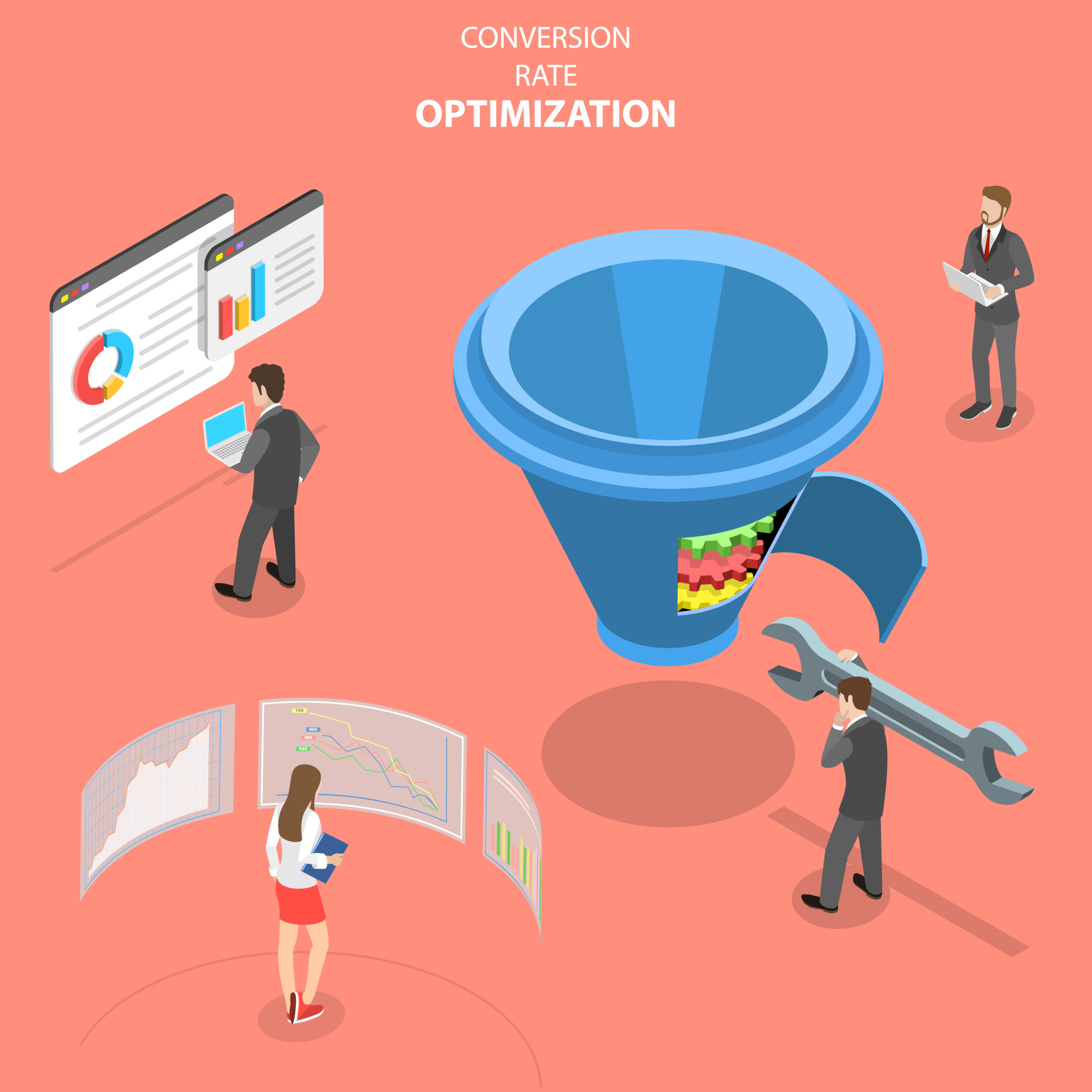 At ConnectedMarkets, we follow the Conversion Rate Optimization CRO) and Customer Value Optimization strategy as presented by DigitalMarketer.com. This strategy has the following 7 phases. We use data goal tracking data and best-of-breed AI (machine learning) MarTech analysis and optimization tools whenever possible.
At ConnectedMarkets, we follow the Conversion Rate Optimization CRO) and Customer Value Optimization strategy as presented by DigitalMarketer.com. This strategy has the following 7 phases. We use data goal tracking data and best-of-breed AI (machine learning) MarTech analysis and optimization tools whenever possible.
1. Determine Product/Market Fit
2. Choose a Traffic Source
3. Offer a Lead Magnet
4. Offer a Tripwire
5. Offer a Core Product
6. Offer a Profit Maximizer
7. Create the Return Path
To implement the Customer Value Optimization business growth hack process, we assist clients with defining a core offer, and then splintering tripwires, splintering lead magnets, building landing pages, building thank you pages, writing sales pages, building up-sell pages, advertising, and running traffic test using Google Ads, Facebook, writing email engagement series, writing an ascension series, designing profit maximize.
ALL FUNNELS CHECKLIST – OPTIMIZING FUNNELS FOR MAXIMUM CONVERSIONS
Maximizing your conversion funnels can only happen when you experiment with each element of customer interaction, dig deep into the analytics and then optimize your content, landing pages, website design, offers, sign-up forms, trust elements, email copy, and website copy. In addition to following this checklist, we also recommend using conversion optimization tools. We use Kissmetrics, CrazyEgg, Optimzely and Hotjar.
Here’s the “Maximizing Conversions” checklist we follow:
1. Create Google Analytics Funnels
2. Analyze Landing Pages – Headlines, Copy, Color, Font, Size, Purchase Path, Use Google’s Page Speed Report
3. Analyze Sign Up Forms
4. Test Trust Elements
5. Test Email Conversion
6. Combine Usability And A/B Test Results
7. Streamline copy. Less is more.
8. Heatmaps


